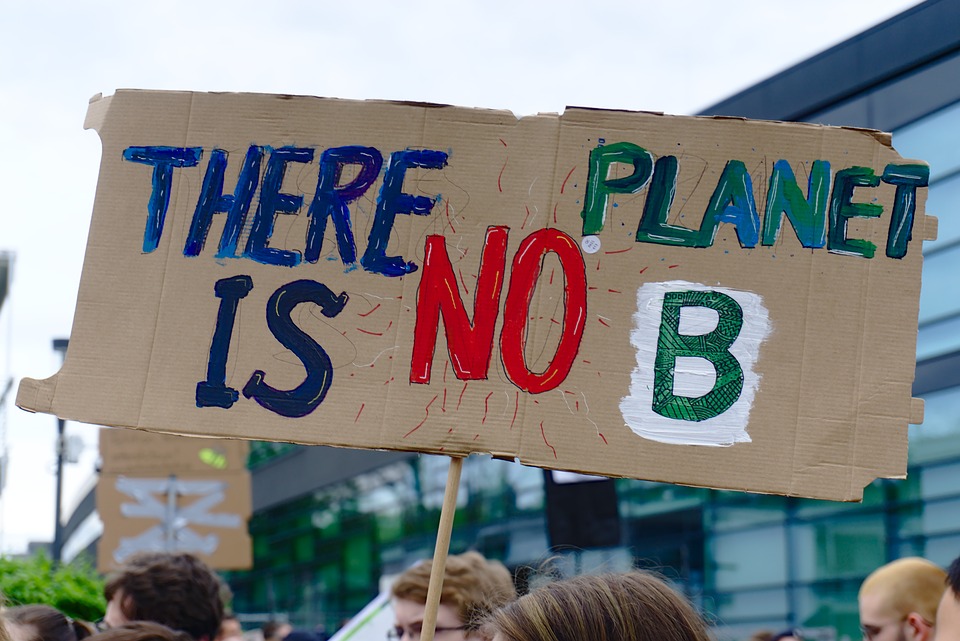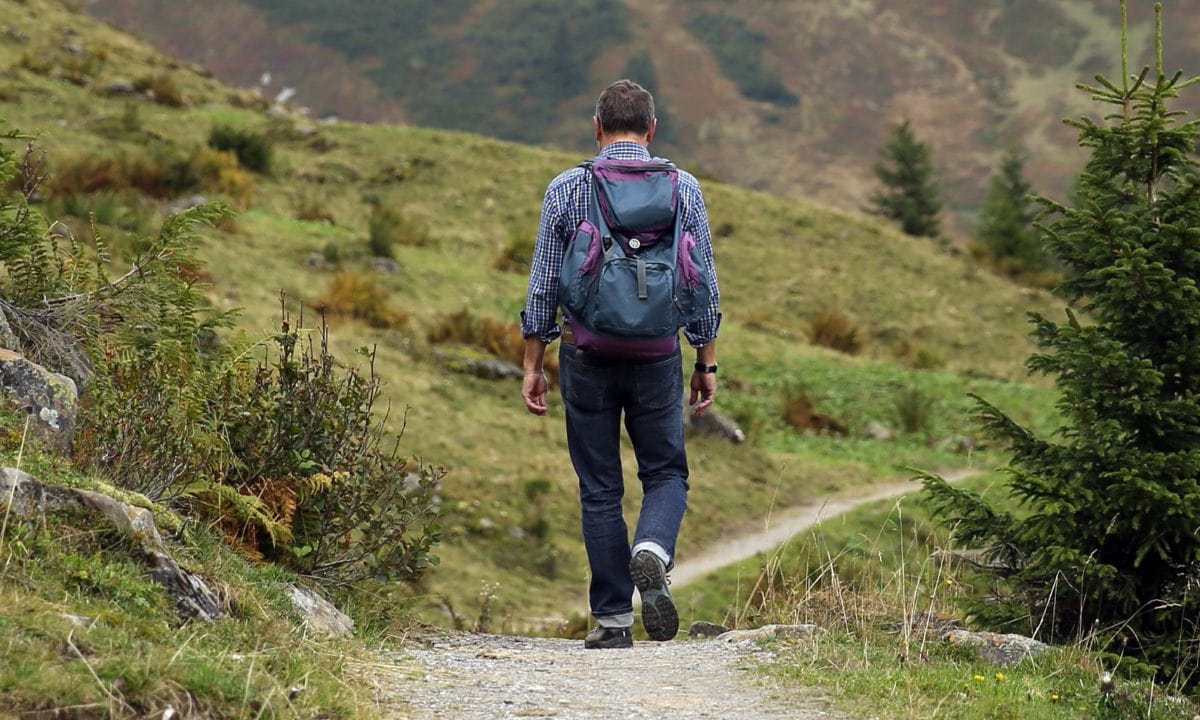As we embark on the journey of developing and practising an environmentally responsible physiotherapy, it seems of paramount importance to recognise that we are not setting out in a vacuum. There is a considerable number of quite readily available approaches for thinking and doing in a more environmentally responsible manner and, in many ways, taking more responsibility in our particular case also means applying what others have already developed and building on it. In harsher terms, I feel that it is really important to understand, from the very get-go of the journey toward an environmental physiotherapy, that we are not so special that we need to reinvent the wheel here.
There is no question that there will be a significant amount of research and development as we apply proposed solutions to our specific contexts, and I am 100% sure that physiotherapist have huge potential to contribute new ideas, approaches, improvements, etc. etc. to the larger field we are engaging with. Actually, I know this is not just a potential, but something that will happen. And yet, it also needs to be clear that we don’t need to wait for massive (if any) amounts of ‘fundamental research’ specific to the field of physiotherapy to get started on the path of transforming our clinical, research, and education practices and support the transition to a more environmentally sustainable future.
Let’s consider three different areas as sources from which we could draw information on what environmental physiotherapy practise could look like and do: The first of these areas are the very general recommendations that are already out there on what individuals, groups, organisations, governments, etc. can do to mitigate and adapt to the various environmental crises at hand. These are not healthcare specific, but by virtue of the immediate relation between environmental issues and (human) health, all of these actions are always already simultaneously also relevant to health and healthcare. The second area is a bit more specific than this and encompasses recommendations specific to or from within the healthcare sector and professions. This includes recommendations from other healthcare professions like medicine and nursing, but also from the broader fields of environmental health, planetary health, sustainable healthcare, OneHealth, etc. The third and final group then would be recommendations specific to or from within the world of physiotherapy, which is evidently the least developed of these three areas, though certainly one that we hope to see grow in the future.
Without implying any specific hierarchy and without strictly trying to separate these three overlapping areas, this blogpost features 15 possible actions that we could take to, virtually immediately, practise physiotherapy in a more environmentally responsible manner. In this post I will mainly focus on actions relating to the first two arenas just described, i.e. general recommendations and recommendations from within the healthcare sector, and I will then move closer towards the last one in a follow-up post. So, here we go:
1) Learn about the environment, the environmental crises of our time (all of them, not just climate change) and how they relate to health and healthcare. This might seem like an obvious starting point, but we would be remiss if we weren’t very clear about it. For many of the other possible actions, having at least some understanding of the issues at hand is a necessary foundation. To take a current example from within physiotherapy, you wouldn’t provide any pain education without having educated yourself about it first, and without keeping up-to-date with new developments of course. This then provides an easy transition to the second action point…
2) Talk about the environmental crises of our time and their relation to function, health and healthcare, as well as the co-benefits of human health and environmental flourishing. This point can include talking to people who know less than you do, but importantly also more than you do and, can and probably should include not only your clients, but also your employers, colleagues (at clinic, but also regional, national and international levels), friends, families, etc. In many ways, more people talking means more people learning and hopefully more people taking action as a result. To be fair though, and I know this from personal experience as well, talking about these issues can also be quite stressful and so a potential sub-action opens up here, which is to learn about how to talk to people about this matters. Climate-change communication for example, would here be the equivalent to questions about how best to deliver pain education, and is actually quite a large field that is well worth looking into.
3) Change your diet to more plant-based foods. Arguably the single most effective action that we can take on an individual scale. Evidence on the dramatic environmental effects of our meat and dairy consumption are abundant, so please excuse if I don’t provide any links here (maybe something for another post).

4) Change your transportation habits, beginning with flying less, to driving less, and so on, wherever you can, and be aware how this is provides health co-benefits for humans and the environment.
5) Buy less, choose well, make it last. Or in other words, change your consumption patterns. In this point as much as the foregoing two though, it is of the utmost importance to recognise that they are not an exercise in austerity, but actually about living with more and in a different way.
6) Vote. An arguably simple, yet critical action, and in this context specifically for environmentally responsible governments, policies, initiatives, etc. And where voting is not enough it is equally critical to, additionally…
7) Protest (by joining or otherwise support protest movements like XR, Fridays4Future, etc.). Similar, but a bit different in character…
8) Join with others trying to make a difference at a local level, e.g. local beach clean ups, eco-system restoration projects, and so on. To transition toward a more environmentally sustainable and responsible future we need to work together in whatever ways we can. Another option along these lines and closely related to point three above is to…
9) Grow your own food, and share and swap if you have enough. And maybe even do all this with your clients, and as part of their p-/rehabilitation? After all, who doesn’t love when clients bring their homegrown fruits or veggies into the clinic as a thank you, but maybe something more deliberate can be done along these lines. Also possibly a better option than just growing your own food might be to start or join a permaculture (or otherwise environmentally friendly agriculture) community garden or project, for example like this group here.
10) Divest. That is, switch to ethical and environmental banking solutions, pension fund, and similar services where possible. Maybe you can even do this at a clinical level, or as your national professional organisation?
11) Use one of the available footprint calculators and see what changes you can make: footprintcalculator; or climatehero; or WWF footprint calculator. I can’t vouch for the calculators to be perfect, but they are definitely worth a shot, even if its a playful one. Maybe you can even make a challenge of it and include your friends, colleagues, and clients? And along similar lines…

12) Search for, implement in an exploratory fashion, and promote ways to reduce carbon footprints of your clinical or other work settings, but also local, regional and national healthcare systems (e.g. use less energy in clinical settings where possible, or switching to renewable energy sources, etc.). Here it might also help to…
14) Reduce waste produced in clinical settings. As an example, think about how much tape is actually therapeutically beneficial AND environmentally ok. If it’s not of significant benefit to the client, maybe don’t use it. And finally for this first point on ready action points…
15) Go for a walk and spend some time with nature. If you know somebody who doesn’t have access to natural surroundings for one or another reason, take them along and share the experience. And then, enjoy the trees, the fresh air, the sunshine or raindrops on your face, the singing of the birds, the crashing of the waves… you know, IT’S AMAZING!!
To end this post, I just want to reiterate these really crucial points: Very obviously none of these 15 action points are particularly specific to, and even less, come from within physiotherapy. They are certainly also not exclusive to physiotherapy and in that way not exclusive to whatever we might think of and practise as an environmental physiotherapy. But it seems to me that it would not be logical to speak of, or practise other possible actions without having given these very generally applicable ones at least some thought and space in our work. I will try to get even further into healthcare and physiotherapy specific action points in a follow-up post very soon.
But again, we are not so special that we cannot take some of these concrete suggestions onboard. And we are also not entirely the same, which leaves ample space to come up with more novel solutions that are more specific, or unique to physiotherapy. The point is, you do not have to wait for something totally unique to be invented. As soon as you apply and adapt any of the above to your own practice, that will actually already be an effective action and environmental physiotherapy practise, and a further invention and development of sorts.
Now go for that walk.

Filip Maric (PhD)
Filip Maric is a physiotherapist and researcher interested in practical philosophy, ethics, environmental physiotherapy, planetary health and sea kayaking.
Twitter: @filipmaricpt


Thanks for this conversation a d your work with EPA